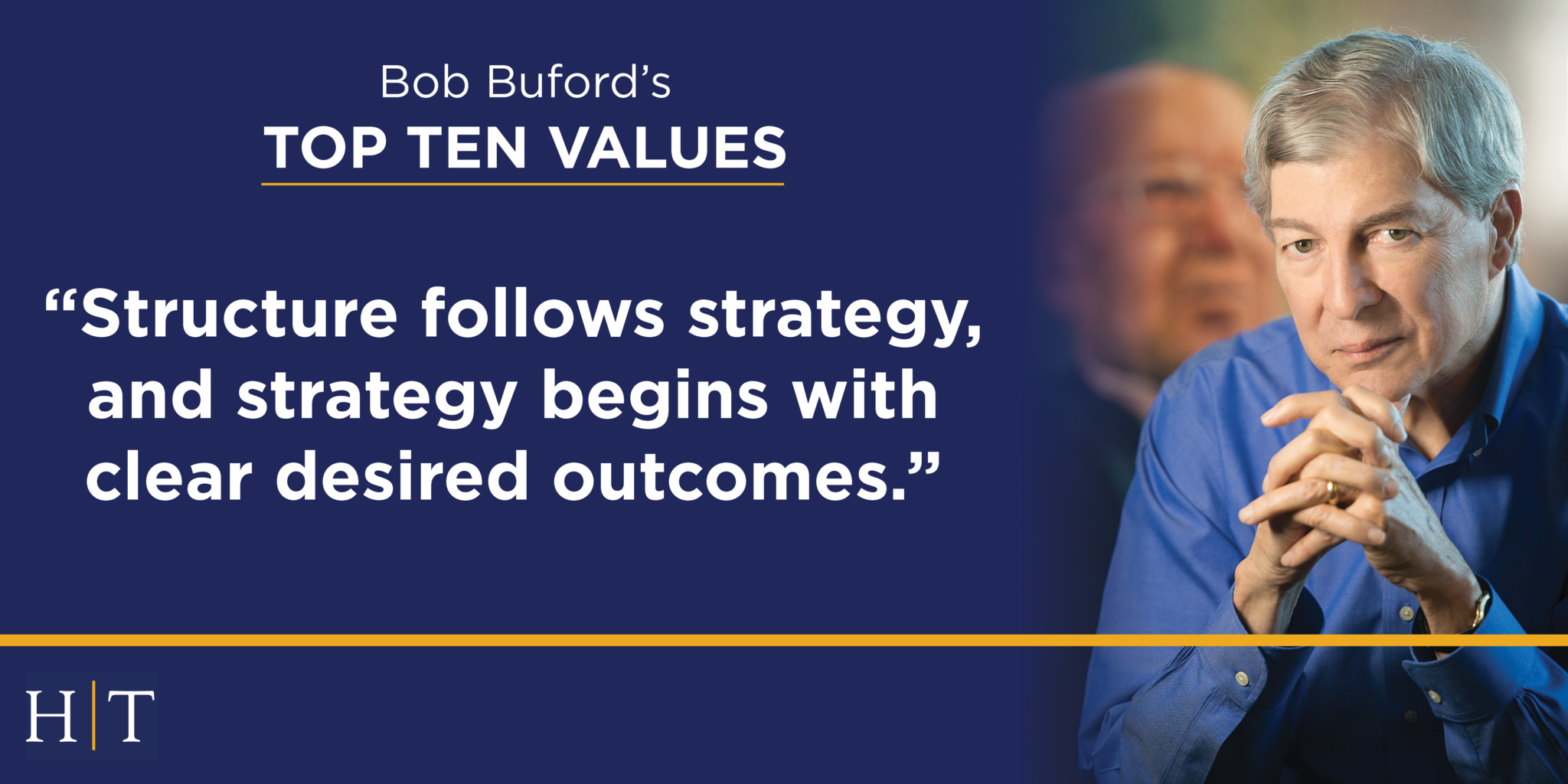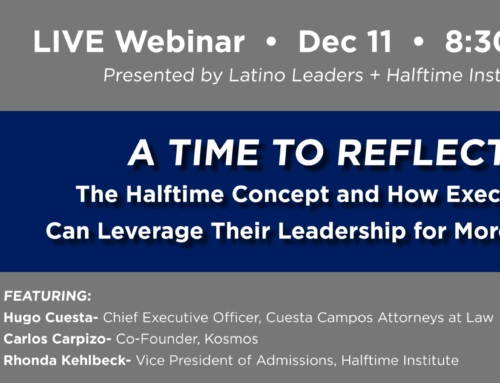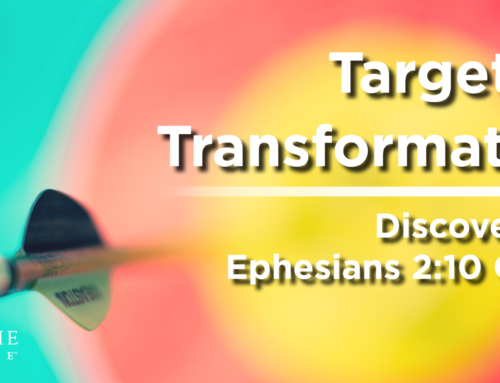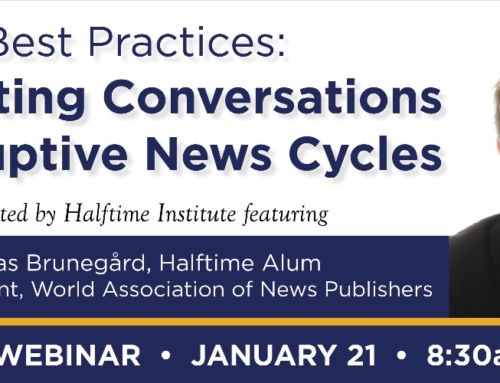BOB BUFORD is known for being the voice of a generation, a prolific author, speaker, and philanthropist whose immense and widespread contribution to business leadership, personal transformation, and the growth of the modern church cannot be measured. Bob’s book Halftime began a movement of an entire generation of successful business professionals transitioning to a LIFE OF EVEN GREATER SIGNIFICANCE and eventually to the creation of the Halftime Institute. Join us as we honor his legacy by exploring Bob Buford’s Top Ten Values over the course of the year.

“Structure follows strategy, and strategy begins with clear desired outcomes.”
-Bob Buford (1939-2018)
We often journey through life without thinking about where we’re headed. We start checking off boxes put in place by the culture around us: go to school, get married, begin a career, start a family…the list goes on, without really considering where we want to end up.
Interestingly, I wonder: Do we implement this approach for any other aspect of our daily living? Most likely, no. In our businesses, we are careful to construct quarterly plans and strategic goals. In our personal lives, we create routines for diet and exercise and seek to maximize our quality of life. Even for vacations, we create desired outcomes and a method to get us there. We don’t just show up to the airport without deciding upon a final destination!
So why would we live our lives without intentionally determining how we want our time here to count?
Sometimes it isn’t until circumstances outside of our control pivot – be it a family, health, financial challenge, or unexpected challenge (i.e. global pandemic) – that we take the time to slow down and re-evaluate. When reality changes, we are forced to pause, look at our desired outcomes, and adapt our strategy to flex with life’s curveballs.
Easier said than done.
How do we go about identifying our desired outcomes?
For a lot of people, these outcomes are the same. Generally, we want to be known as nice people, committed to our families and successful in our careers. But when we peel the onion back, what does this really look like? What legacy do you want to leave?
First, you must understand who you are. To identify how you want to be remembered, consider your individual strengths and unique passions. This takes a lot of work and it is very personal.
I went through an extensive process as part of my Halftime journey to come up with my own personal life goals, or areas that I am committed to prioritizing. Our life goals should, essentially, be the guiding force behind everything that we do. It can be tough to finalize goals like this, but it is always worth the effort.
It is important to note that your goals should intersect to create one wholistic life. Too much time devoted to any one value will prevent the fulfillment of the others. Instead, work to integrate your outcomes. Avoid operating in a silo to reach just one of your goals. This could look like combining values of faith, family, and fun by spending time participating in church activities with your spouse or children. This could also look like integrating family, food, and fitness by preparing a healthy meal and enjoying it together around the table.
How do we bring our desired outcomes to life?
Once clear on our desired outcomes, it is time to define a strategy. We need an action plan that moves us closer to our destination, and there are often multiple ways to get where we want to go. For example, let’s say traveling to New York is the intended outcome. Getting in the car to hit the road would be a successful strategy, but so would flying. To choose the best strategy that supports our outcome, we must consider the additional factors. How far away are we? How quickly do we want to get there? How much we are willing to spend?
The same is true in life. We must consider the other factors at play and re-route when the road conditions change personally or in the environments around us. For me, I started making real strides toward my desired outcomes once I began working with my Halftime Coach to think creatively and devise realistic strategies.
What does this look like when done well by others?
Bob Buford is a great example. He went through a personal halftime season and decided that when he died, he wanted his last check to bounce. His strategy was to give away his treasure to invest in kingdom enterprises, which is exactly what he did.
There are many alumni who exemplify finishing well. Halftime Alum, Billy Prim landed on a mission of using his entrepreneurial skills and experiences to inspire his family, business associates, and community to live a better life. You can be inspired and learn more about his story of significance here.
What could this look like when done well by you?
If you have a clear answer to this question, that’s great. Run with it. If not, we would love to be a resource to help you gain insight on where you are headed and what it will take to get there. Our Halftime Certified™ Coaches are trained to help you identify and fulfill your desired outcomes. In fact, in light of our current circumstances surrounding COVID-19, we are offering a special 3-session coaching package at a reduced rate, which may be helpful if you’re wondering how to best navigate this unique season. You can learn more here or reach out to us directly.





